It seemed that the Arche Seleukeia were merely testing the defenses of Pontos - when the garrison sallied, and quickly surrounded, harassed, and finally shattered the phalanx, the Kataphractoi cantered calmly away, ignoring the despairing cries of their infantrymen fleeing the field behind them. After the corpses had been cleared from the field, a Seleukid diplomat arrived to explain that this had all been an unfortunate misunderstanding, due to a headstrong young captain, and that of course the Arche Seleukeia desired peace. Pontic spies revealed the real reason for this sudden change of heart: the Seleukids had now overrun the Kingdom of Hayasdan, exiling the royal family to the steppes beyond the mountains, and their armies clearly needed a few months to reform and reorganize. New Pontic armies were hurriedly raised to meet this threat.


Meanwhile, in far-off Africa, Zenon Kianos fought a great battle in defense of the city of Lepki. The Carthaginians had brought many mercenaries to the fight, including Hellenes, Gauls, Iberians, and even Ligurians from northern Italy, and the different contingents were commanded by no less than three different generals. To face them, Zenon had reinforced his own army, and also counted on his son Megabazos to march out from the city with locally-raised troops to reinforce his position. However, on the decisive day the Carthaginians arrived at the battlefield much sooner than Zenon had expected, and his son's force arrived too late to affect the outcome.

The battle was fought on farm slopes next to the coast, around an old farmstead that Zenon used to anchor his line. He stretched his long phalanx out into the grain fields, the men resting there as the Carthaginian force advanced up the slope to meet them. Soon cries went up in every language, as the mercenaries urged each other on, seeking to be the first to break through the wall of Pontic sarissas poking out of the grain. Zenon kept some of his forces in reserve, expecting the Carthaginian generals at any moment to lead their elite cavalry bodyguards in a crashing charge.


Minutes passed, the cries of encouragement were changing to those of pain and mortality, and still the generals did not charge. Suddenly, as one, they turned and left the field, accompanied by a few reserves, but leaving the vast majority of their mercenaries to face their fate without leaders. Zenon took swift advantage of this unexpected good fortune, sending his own light troops around behind the enemy line, to hurl javelins into their rear and then charge home. Caught between immovable sarissas and fresh charging troops, and sharing no common language with which to organize a cohesive defense, the tired mercenaries died by the hundred - it is said that to this day the fields of that farm give especially abundant crop. Thus was Lepki saved again, but Zenon knew that it could not hold out forever. The disposable mercenaries had bought the Carthaginians time to raise more troops of their own, from the elite garrisons of Kart-Hadast itself, and stopping that threat would be his life's work.
While Zenon sought to hold onto (if not expand) his lands in Africa, his younger brother Pharnakes had finally arrived in Asia Minor to take command of the campaign against Makedonian aggression. No sooner had he arrived in the great city of Nikaia than he found himself besieged there, by a small Makedonian force whose path was otherwise blocked by Pontic border forts. He soon saw off the attackers, crushing them into the spears of Nikaia's garrison as he and the governor led their bodyguards in charges of the old style.

The Pontic cities of Nikaia, Ipsos, Sardis, and nearby Ankyra had been recruiting troops for the past year and a half in expectation of Pharnakes's arrival, and so he found two considerable armies waiting for his command. Less of a tactician than his brother, Pharnakes strove for simplicity in all things, and brute force where necessary. Rather than waste time in strategic maneuvering, marches and counter-marches, he simply ordered both armies into battle in the same season, simultaneously besieging the Makedonian island fortress of Mytilene and their subject city of Pergamon. And there he sat, determined to starve the defenders out instead of taking the cities by storm .

The garrison of Pergamon was the first to run out of supplies, sallying forth in 188 BC with less than half of its original manpower. Throughout this time a Makedonian general had been trying to raise an army nearby to break the siege, but Zenon had prevented this by the simple expedient of recruiting every mercenary band as soon as it appeared on the market, paying them to resettle elsewhere in the Pontic kingdom, and thereby starving the Makedonians of their manpower. When the garrison sallied they therefore found no reinforcing army to support them, and Zenon's local klerouchoi phalangites easily held the Makedonian hoplites and local axemen at bay. Even when the enemy general charged, breaking the phalanx apart, Pharnakes still had troops in reserve, and simply sent a unit of thureophoroi in to support the disrupted phalanx, and bring the Makedonian crashing to the ground.
At the death of their commander the enemy army broke and ran back for the city, and now it was the turn of the contingent from Ankyra to charge into action. Heavy Galatian heavy spearmen, proudly wearing blue cloaks as the picked infantry bodyguard of a Pontic general, braved boiling oil to race through the gates behind the routers, capturing the gatehouse. As they were weighed down by their heavy armor and discomfited by the hot oil, Pharnakes then allowed them to rest for a while, before leading them into the square and the final capture of Pergamon.
Mytilene's garrison had stretched out their food supply to last even longer, but that just meant they had fewer men fit to take the field when the last dog had finally been eaten. Facing impossible odds, they surrendered without a fight six months after Pergamon fell. And thus by the winter of 188 BC, 84 years after Ktistes Mithridates Kianos had first led his army to war, Pontos finally controlled all of Asia Minor.





 Reply With Quote
Reply With Quote
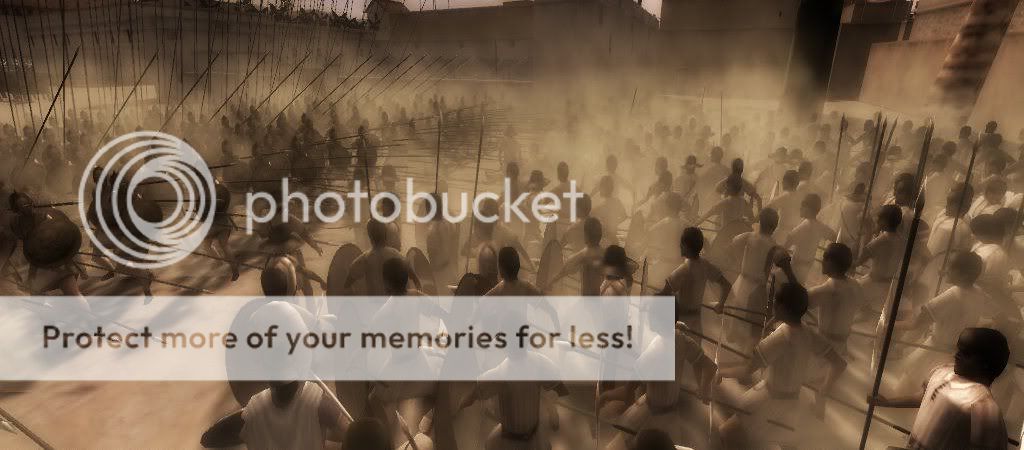
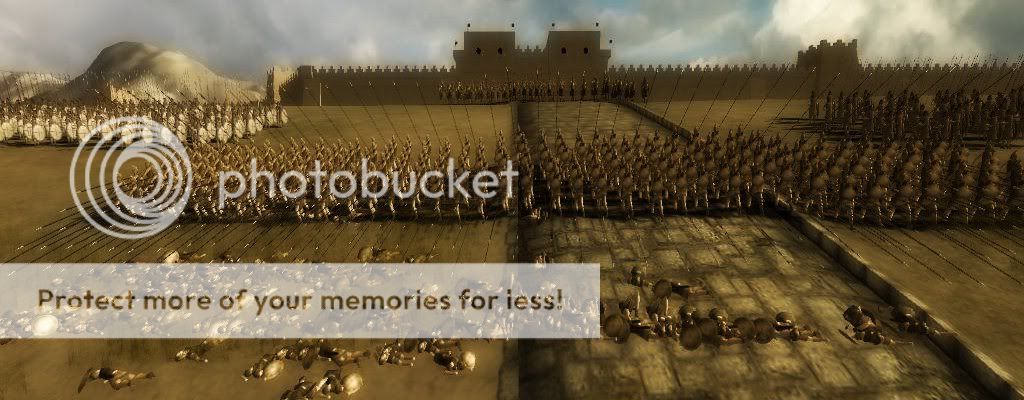
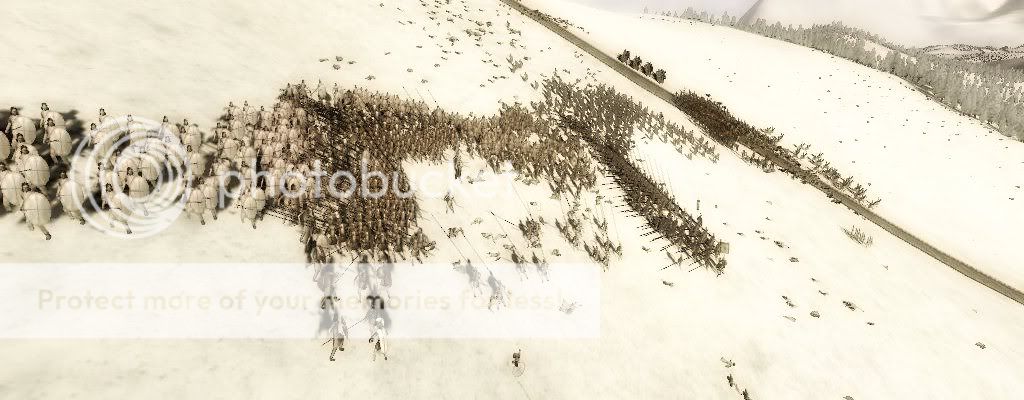
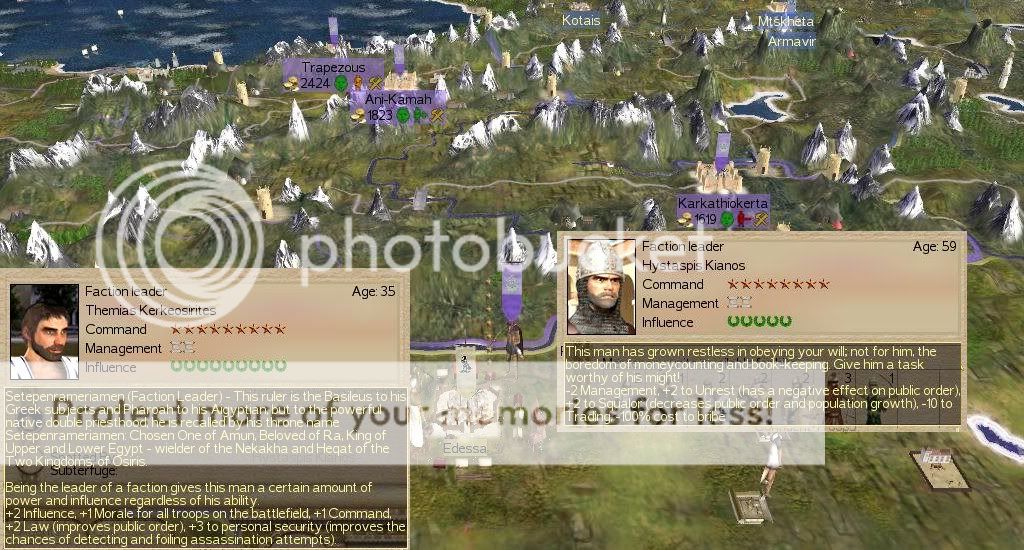
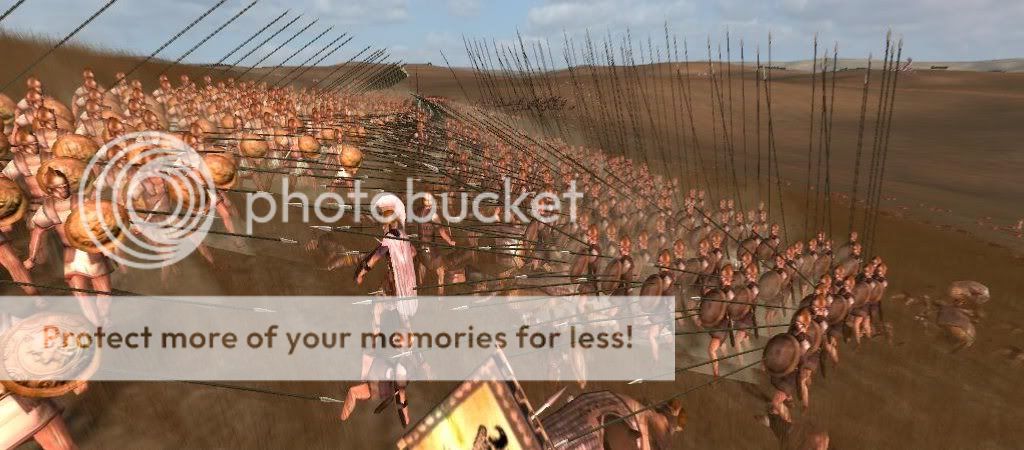
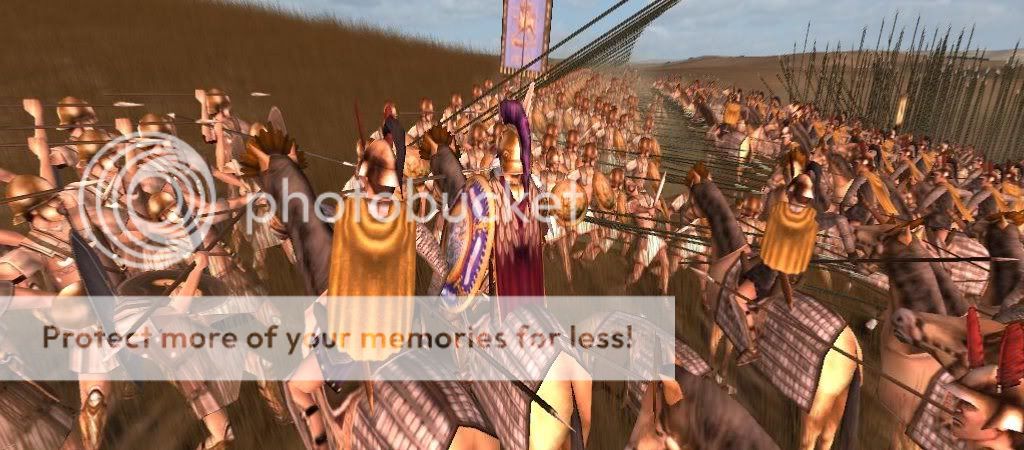
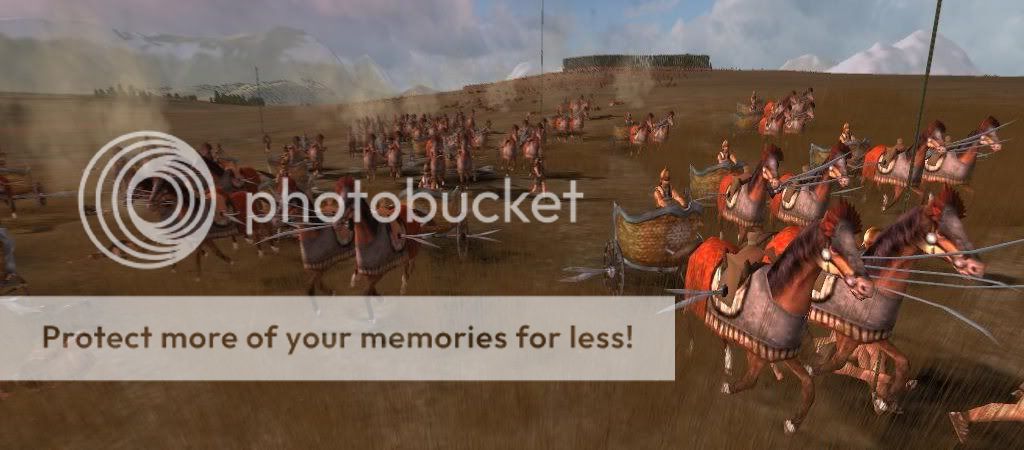
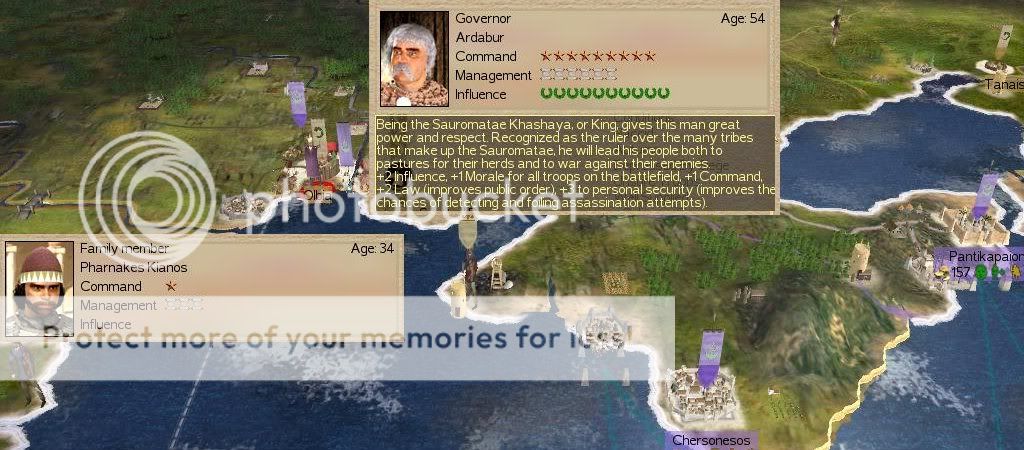
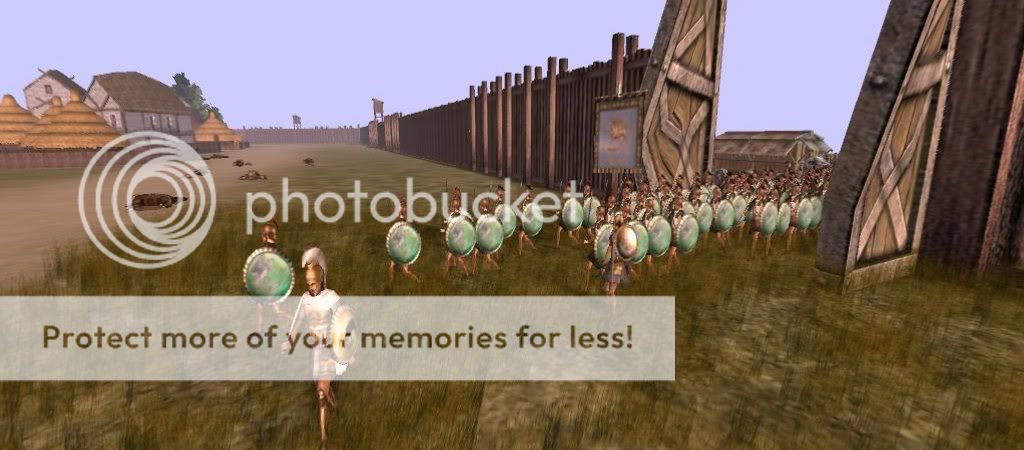
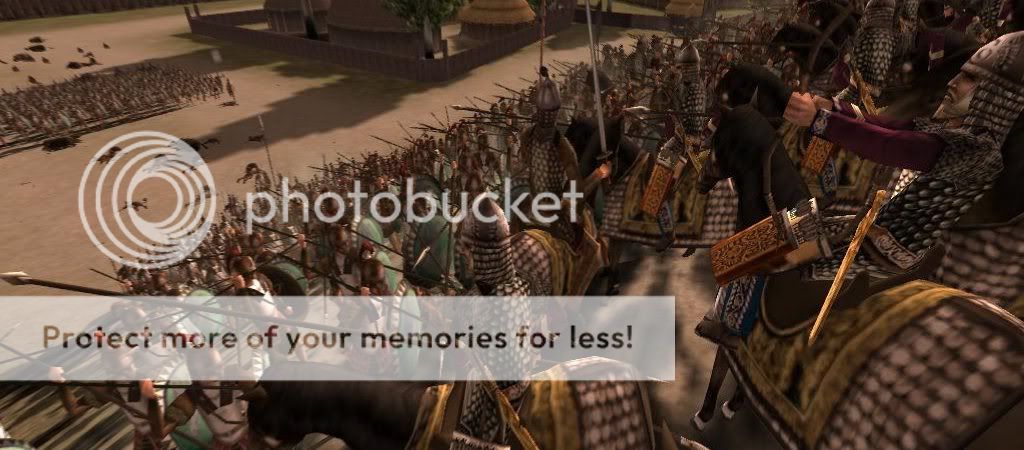
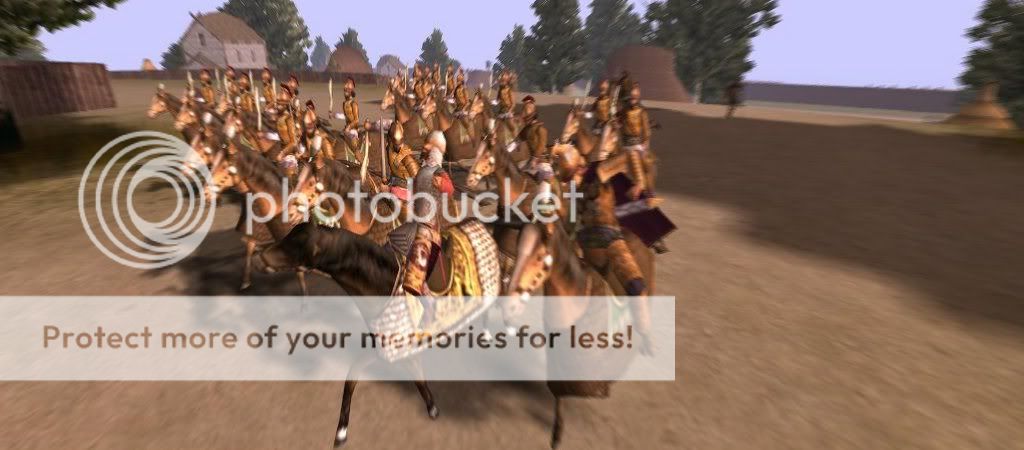

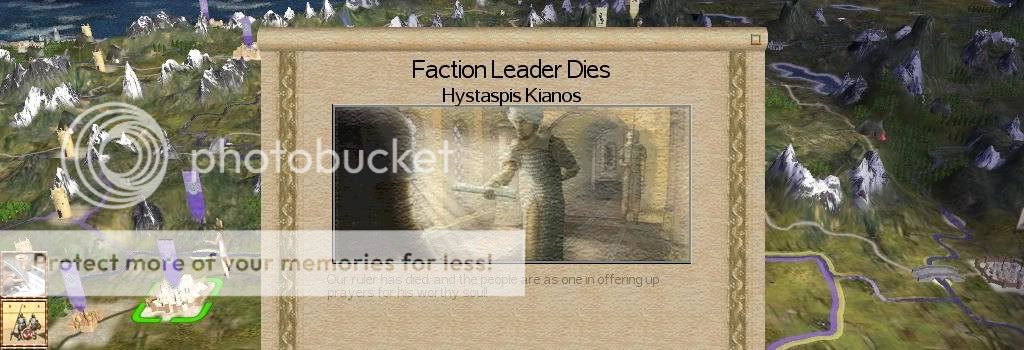
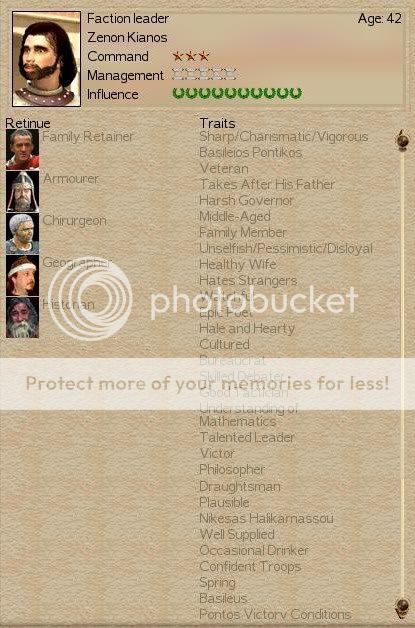




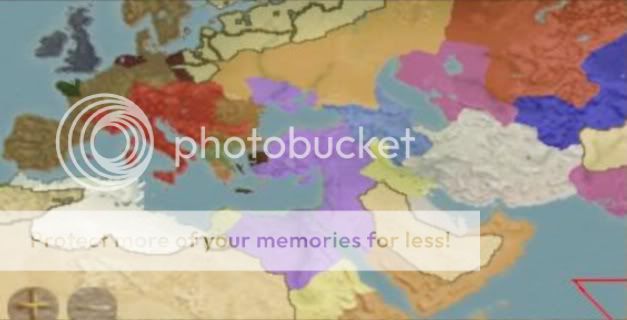

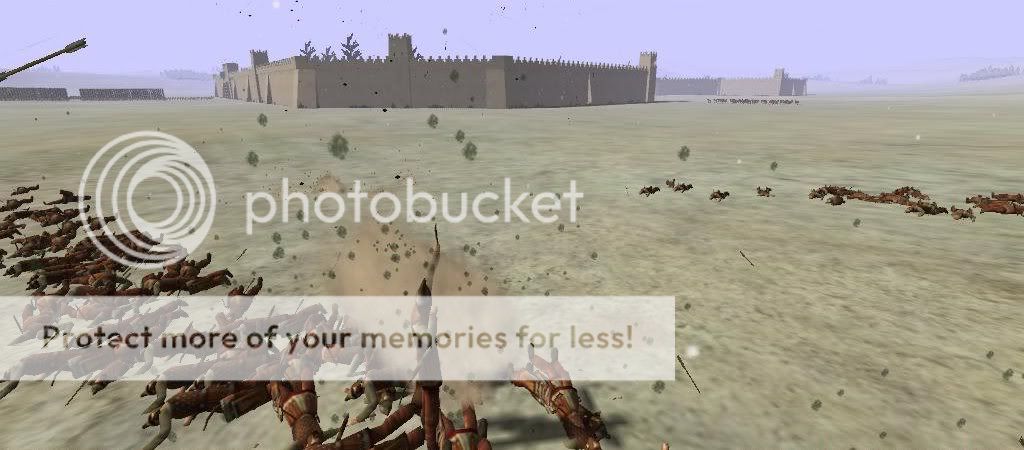
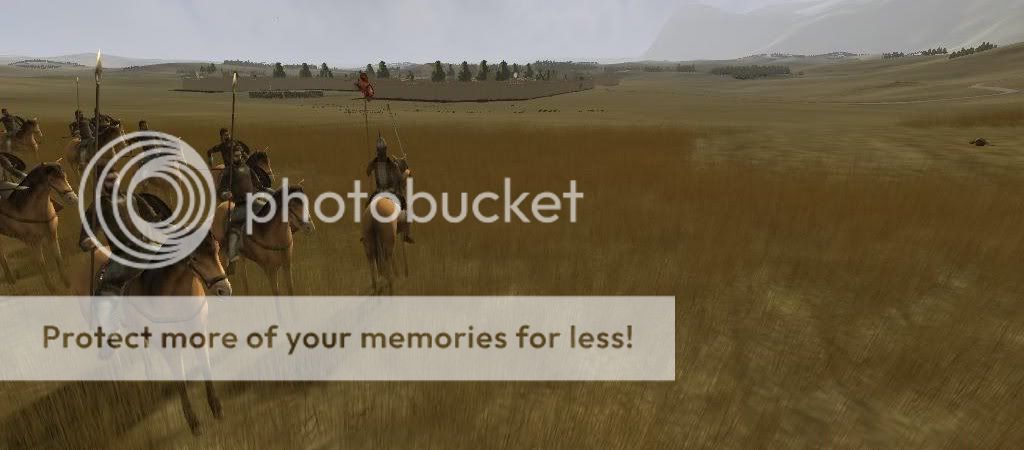
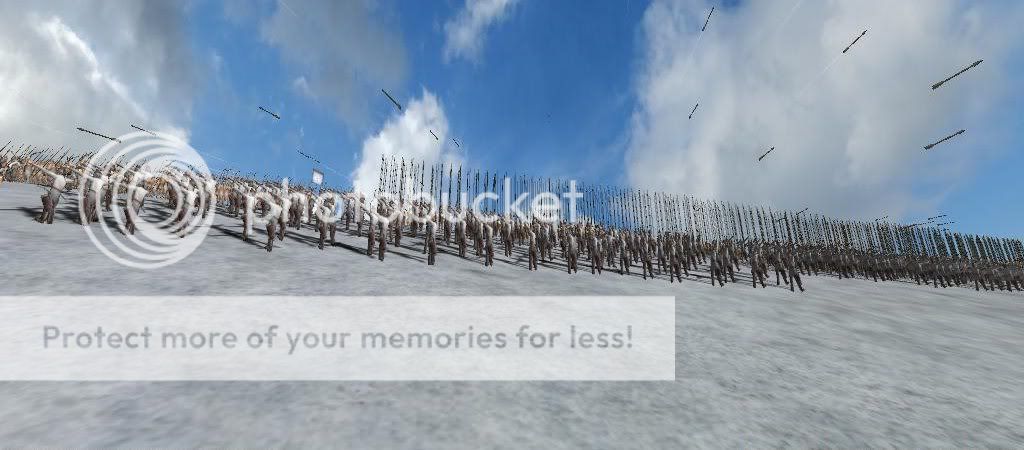
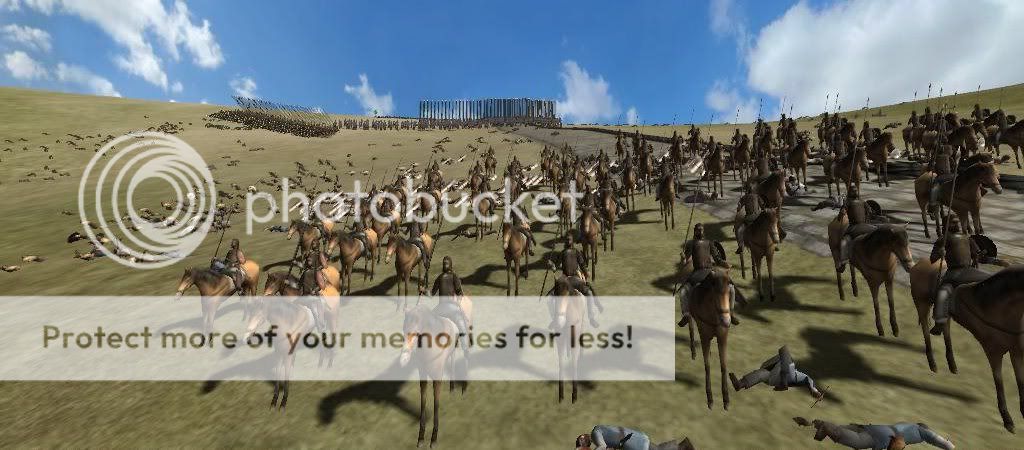
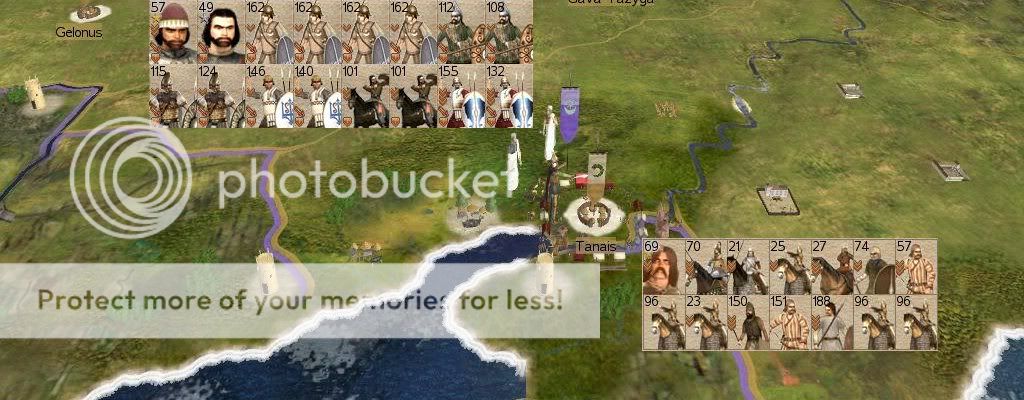
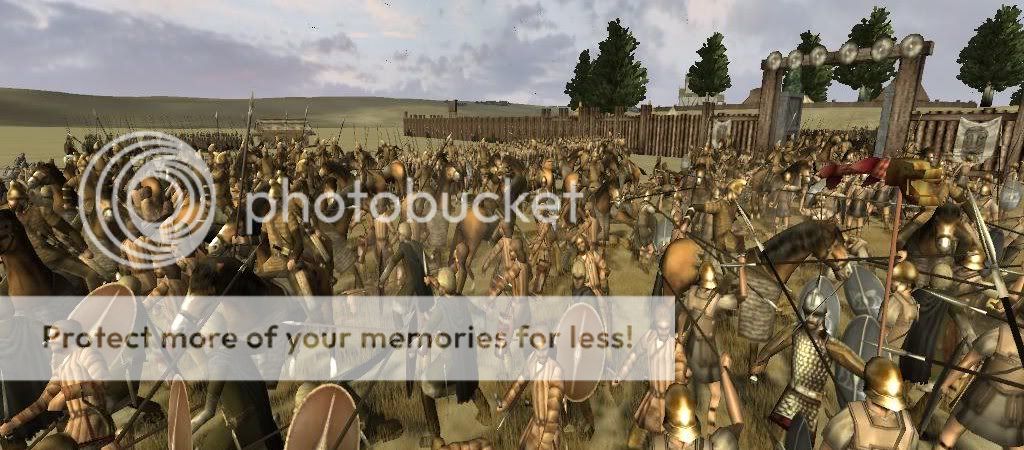

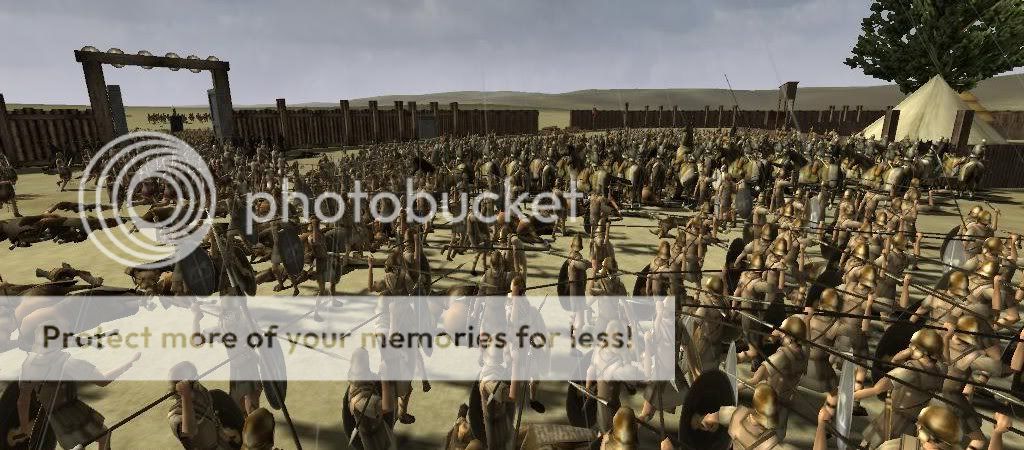
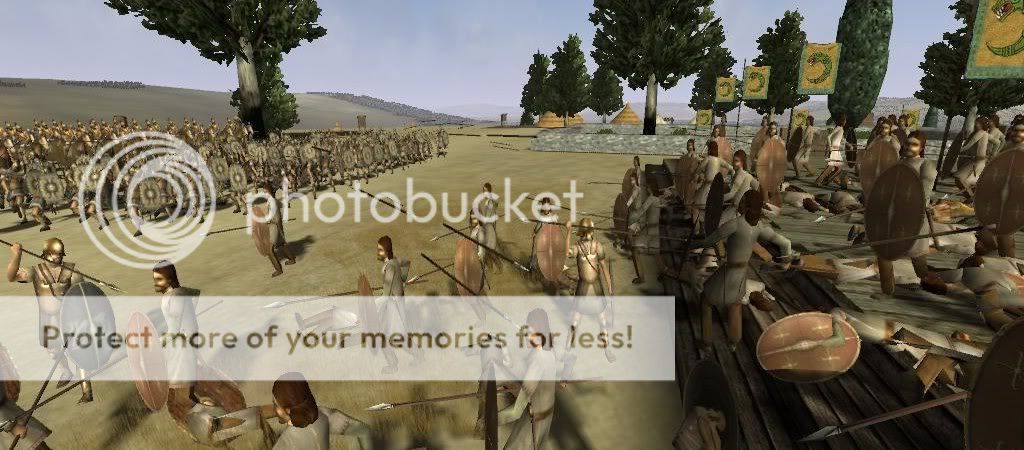

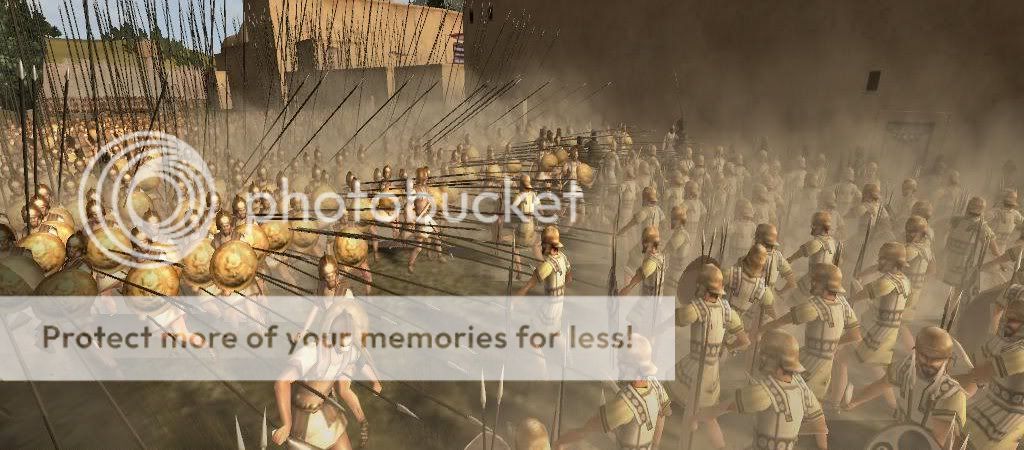
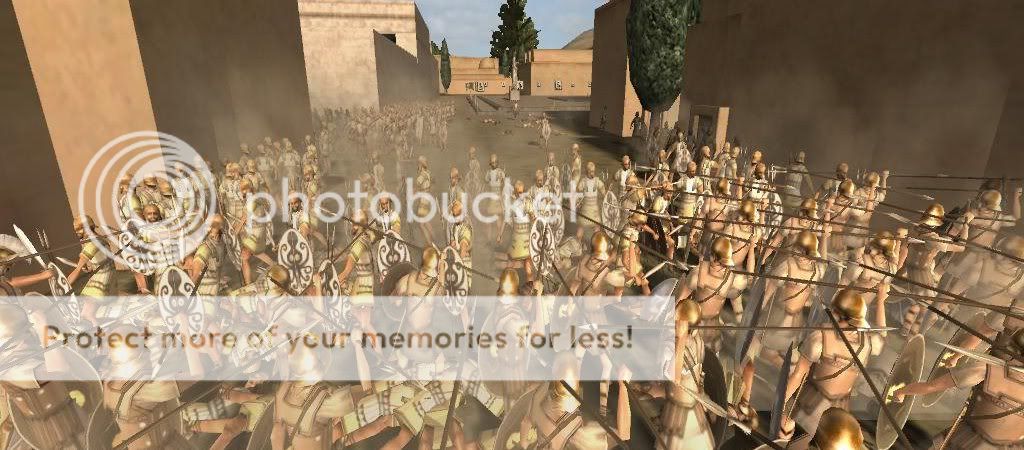
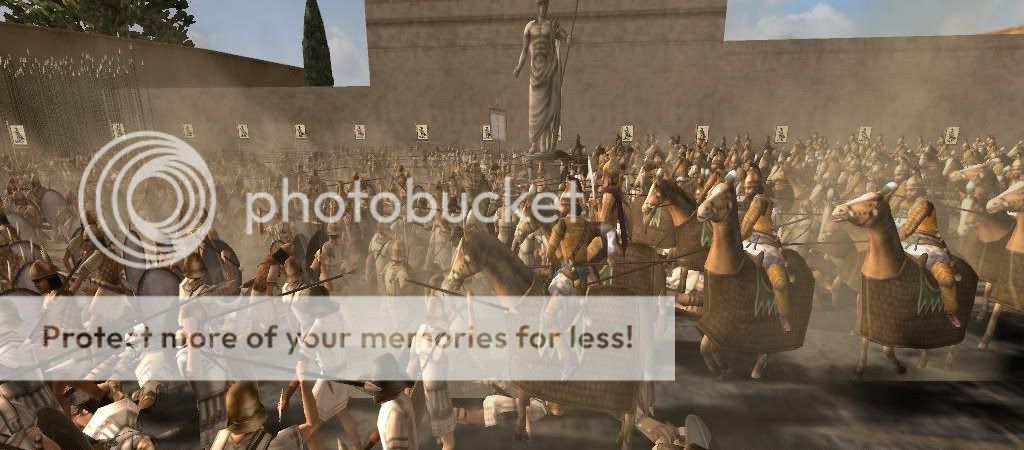
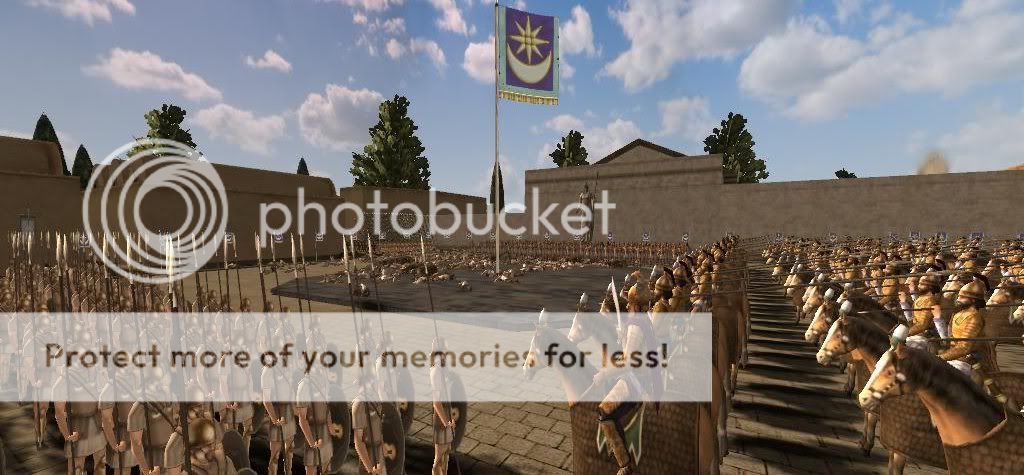
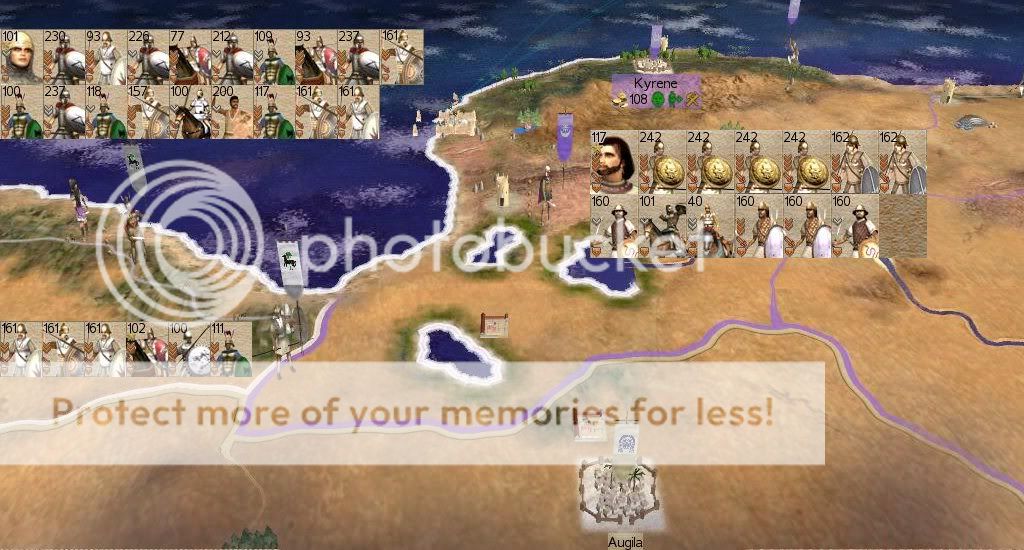
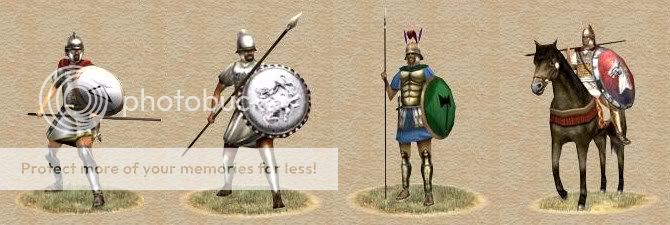
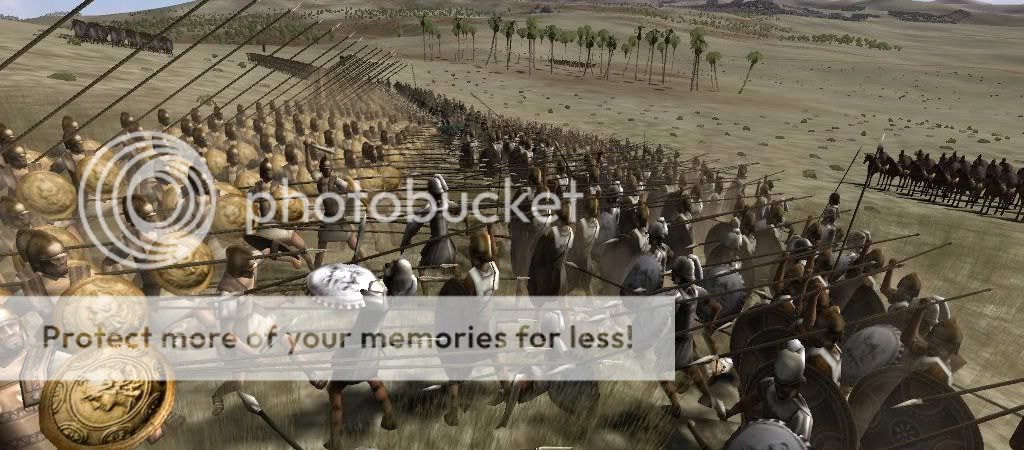
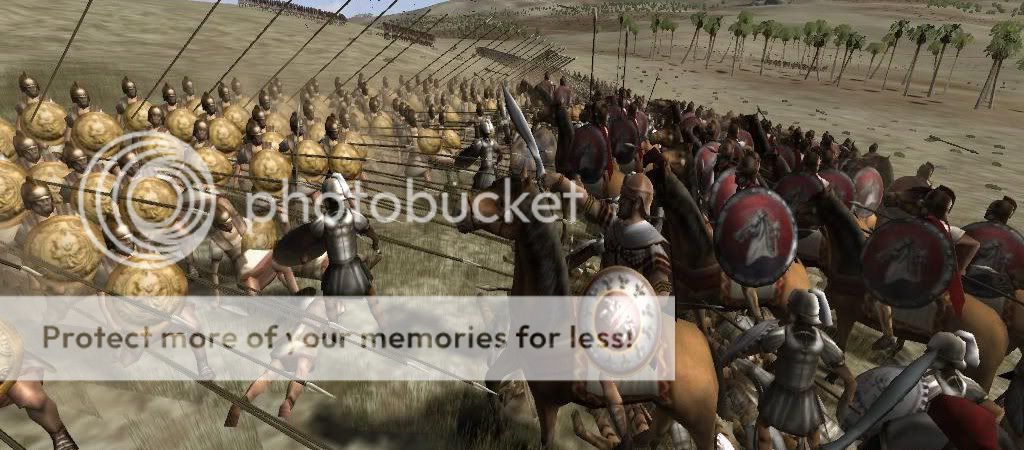
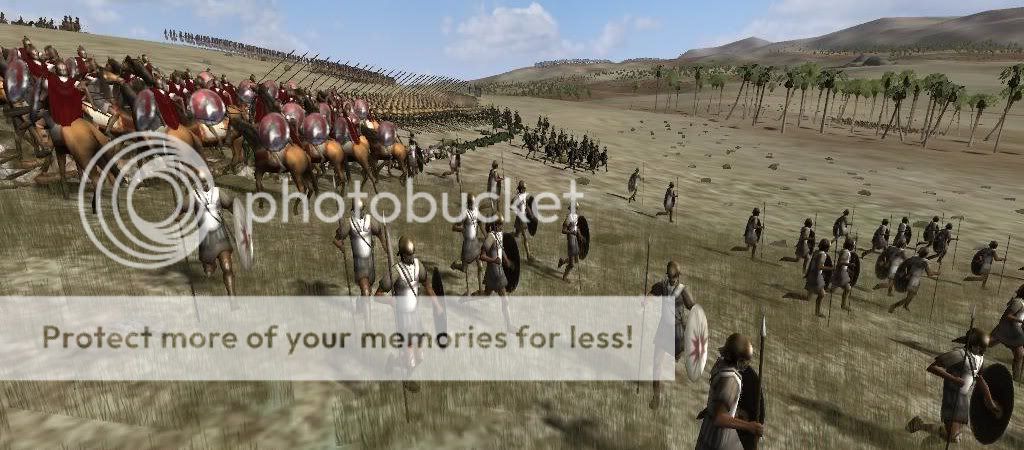

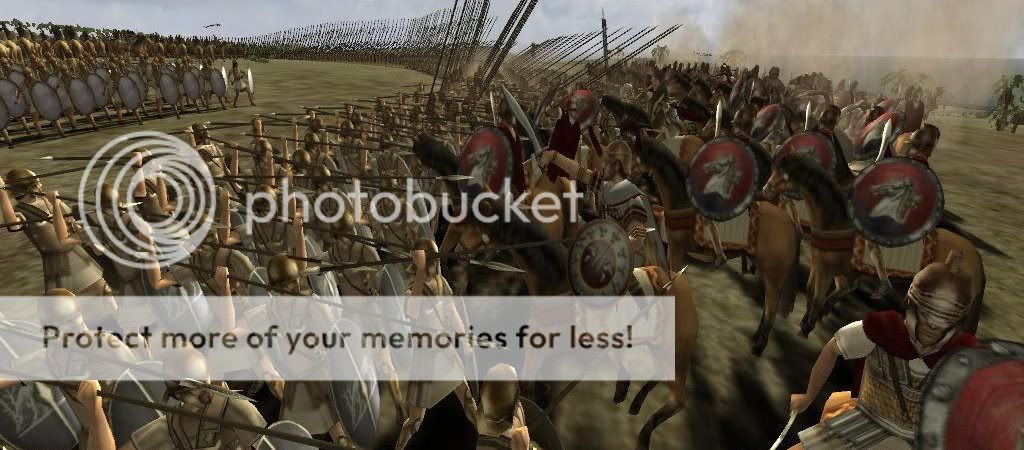
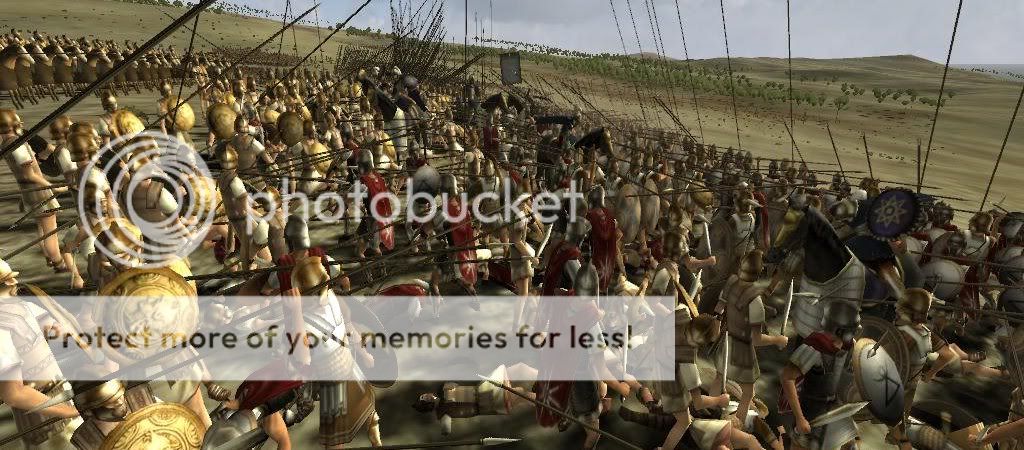
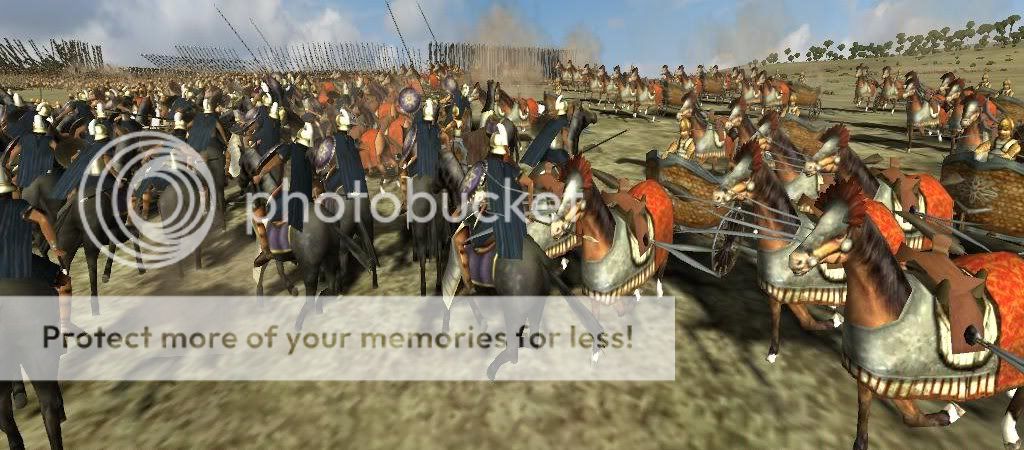
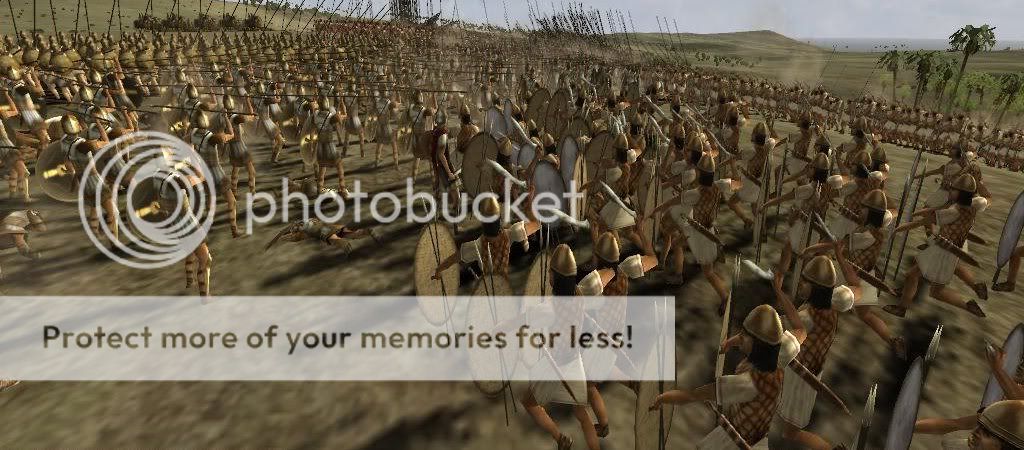
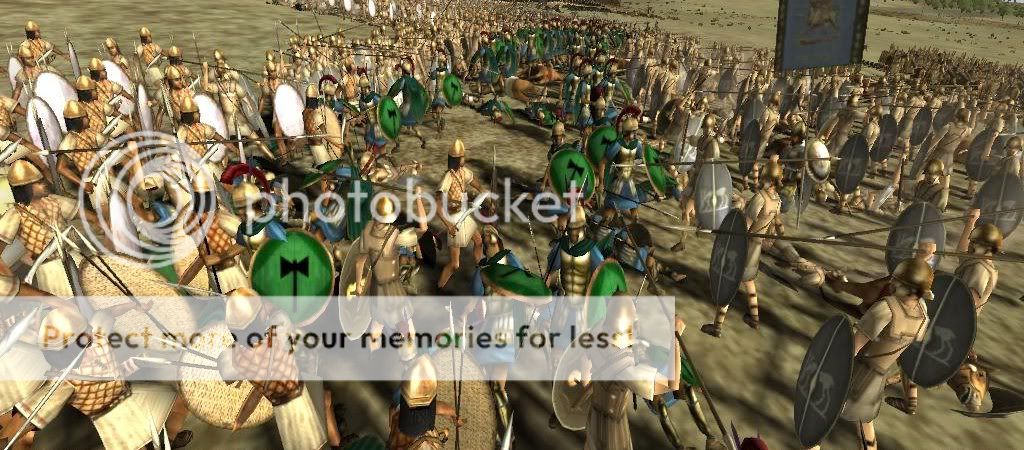
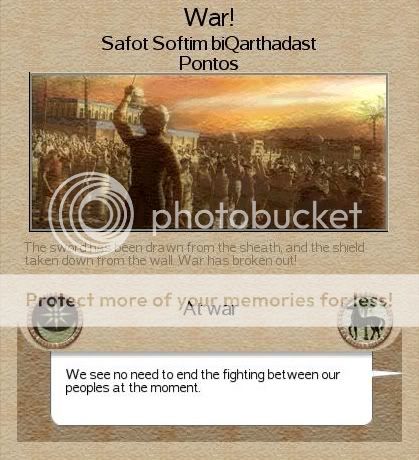
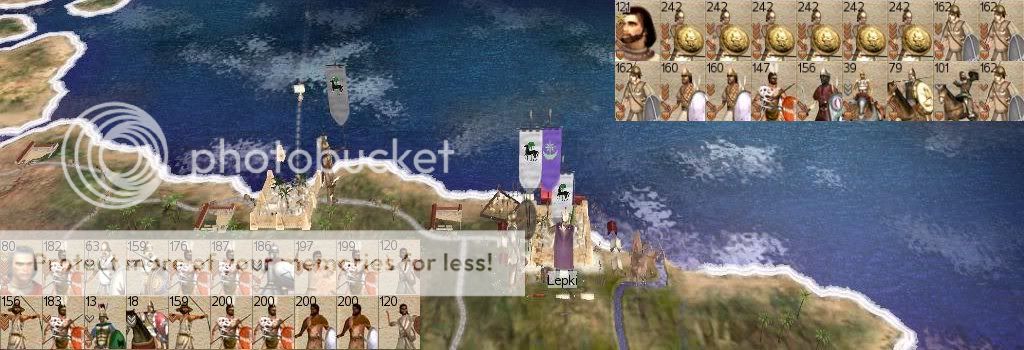

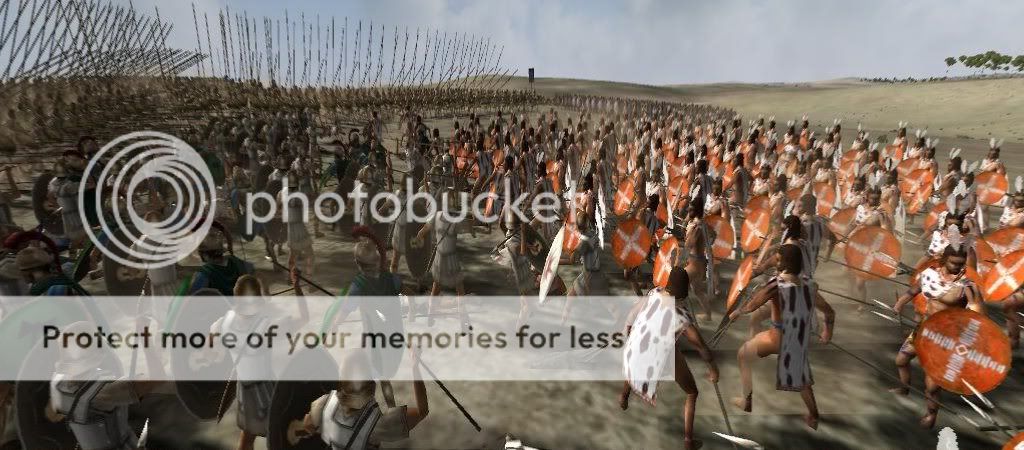

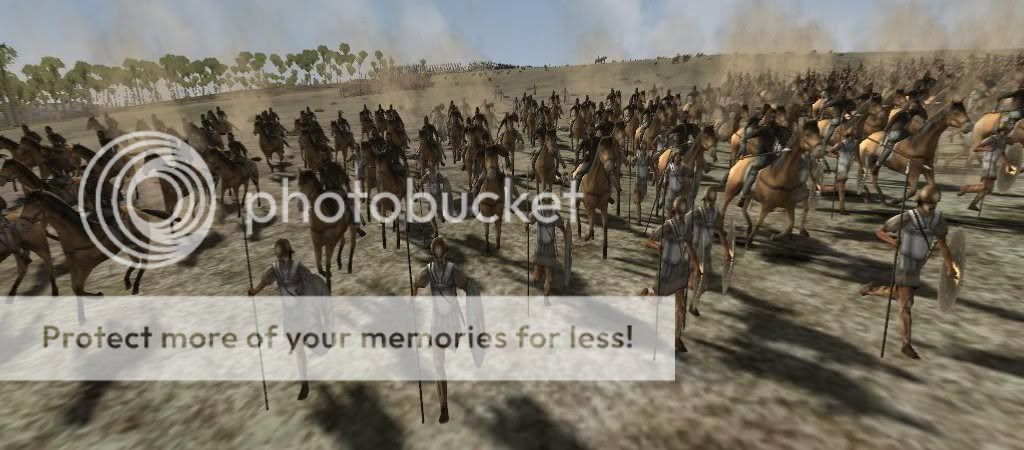
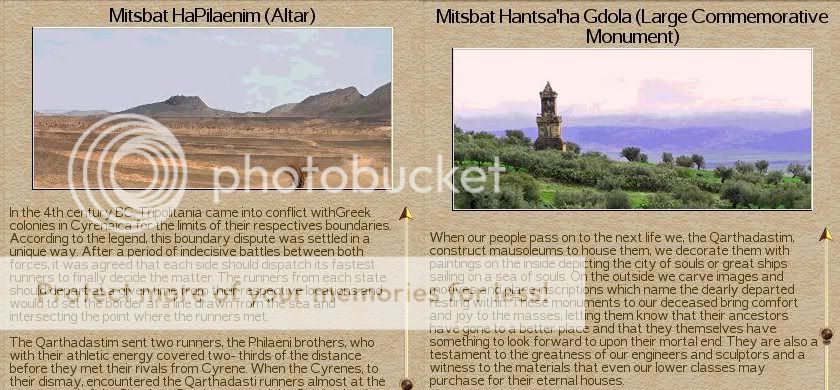

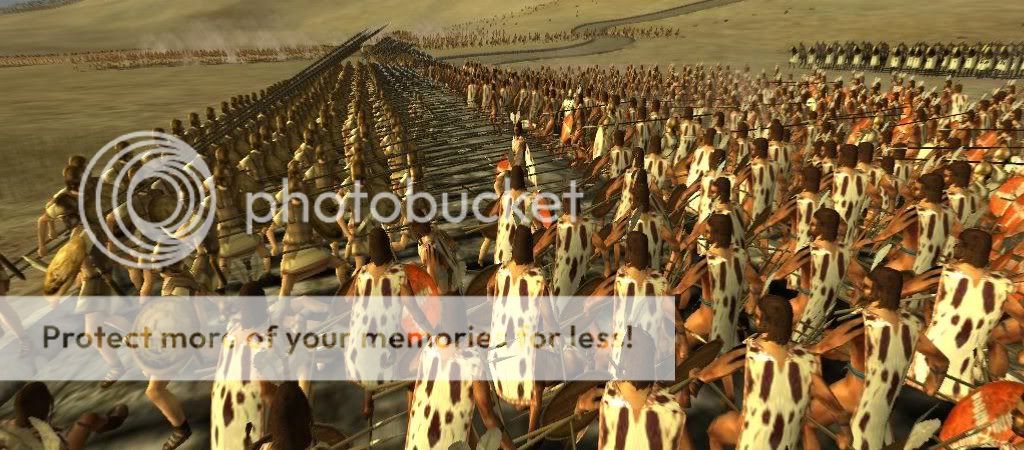

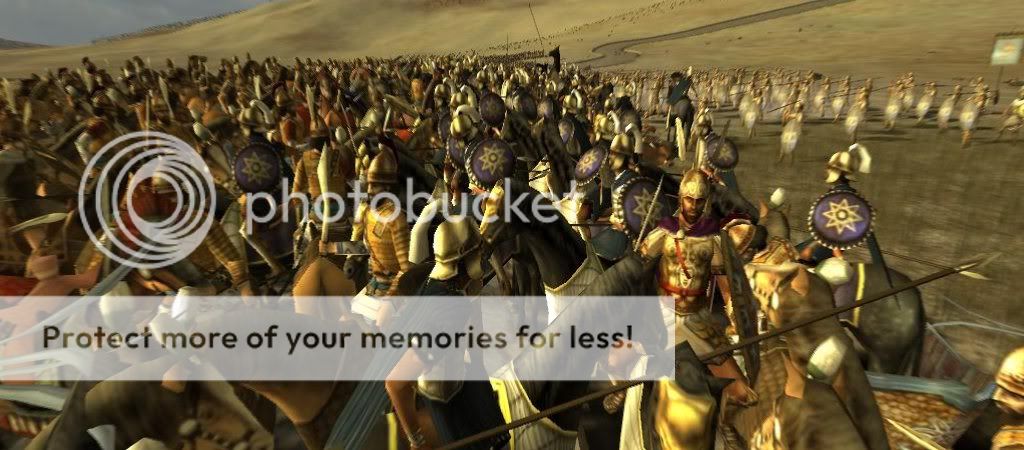
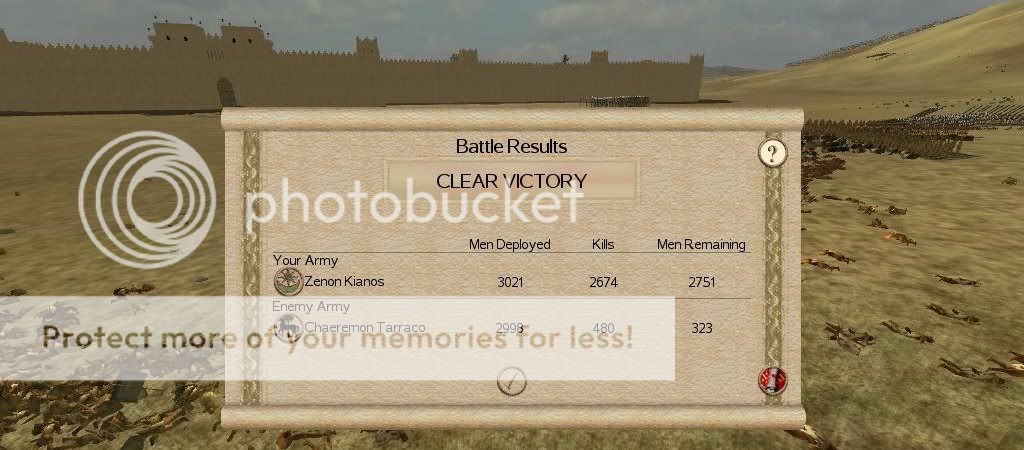
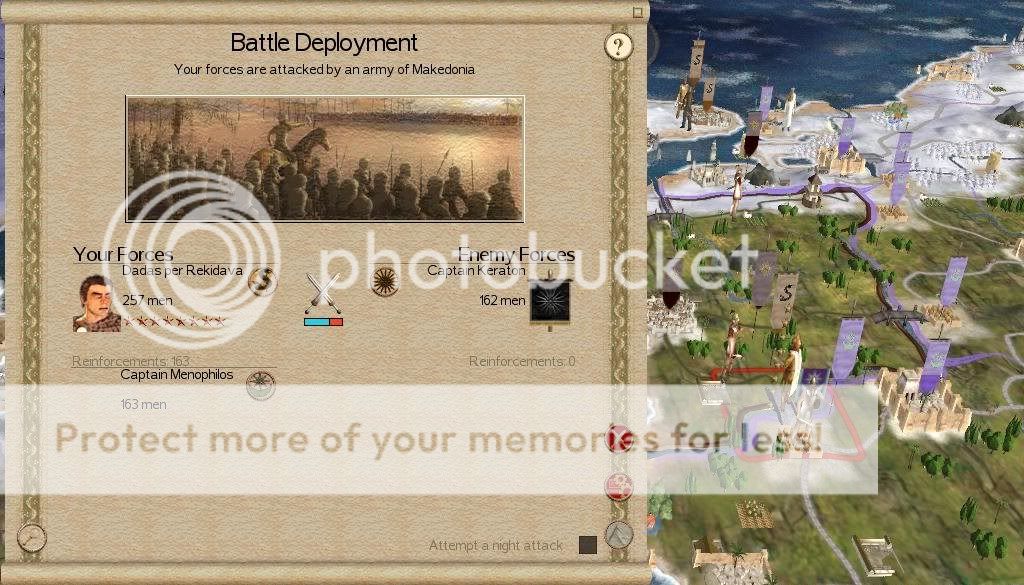
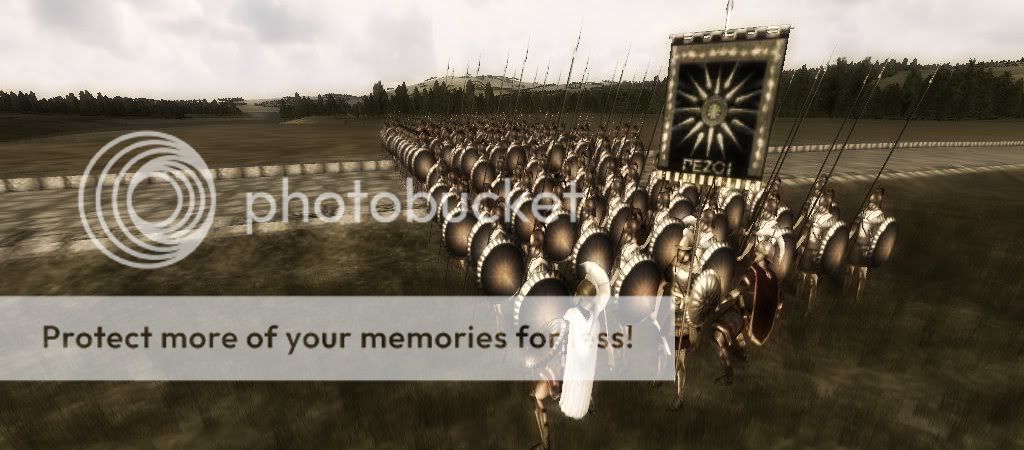
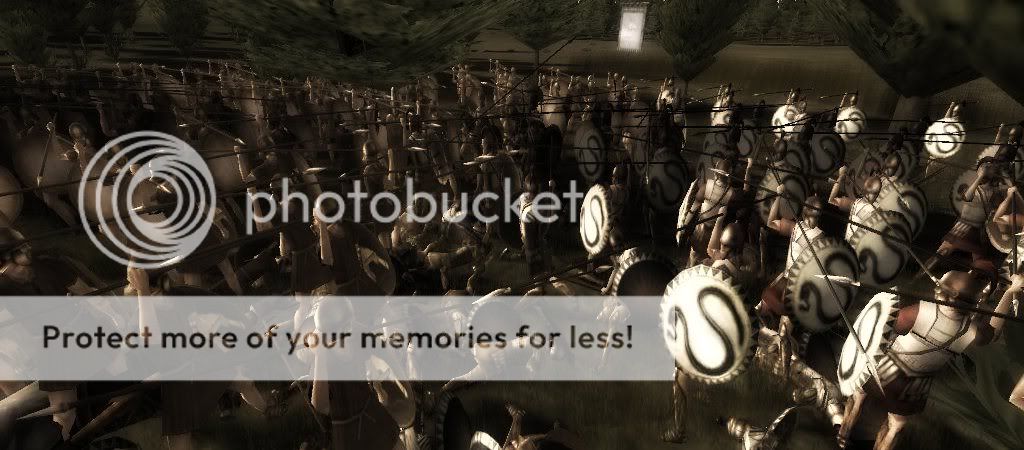
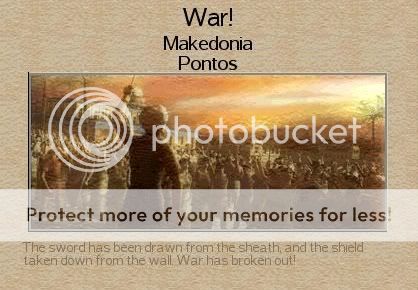



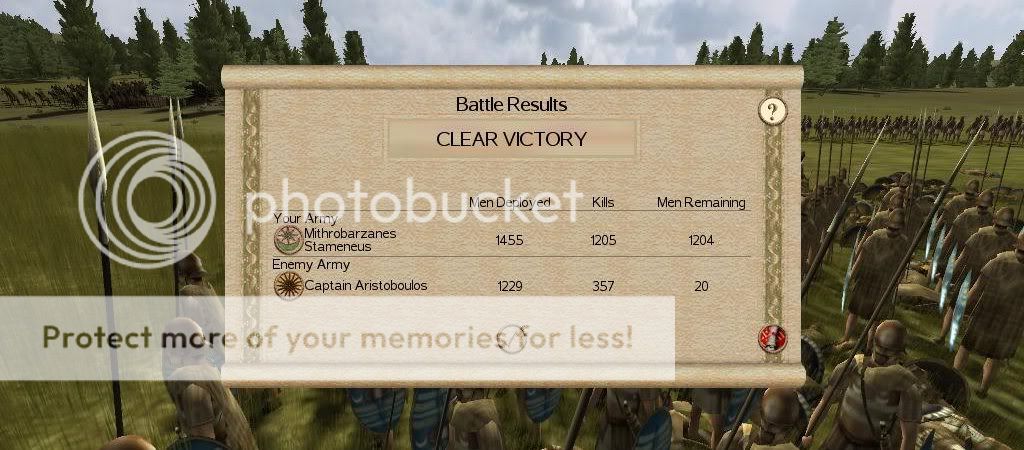
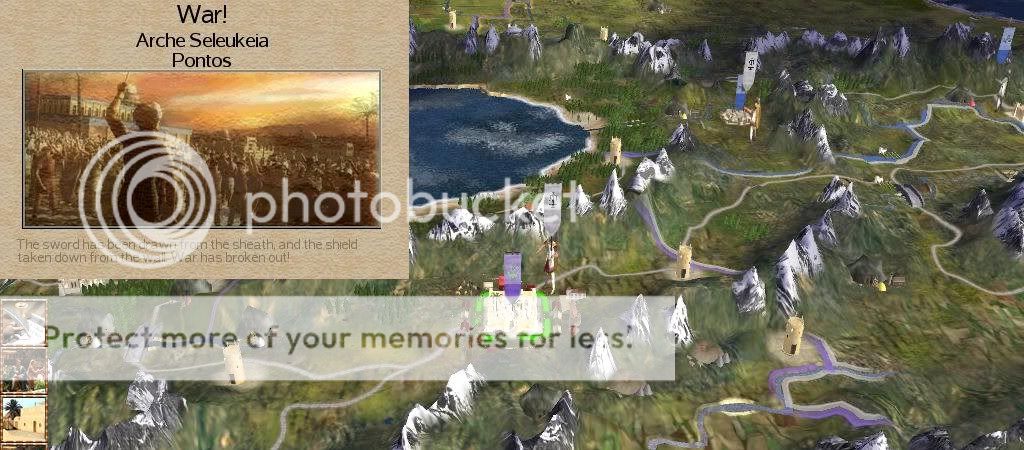














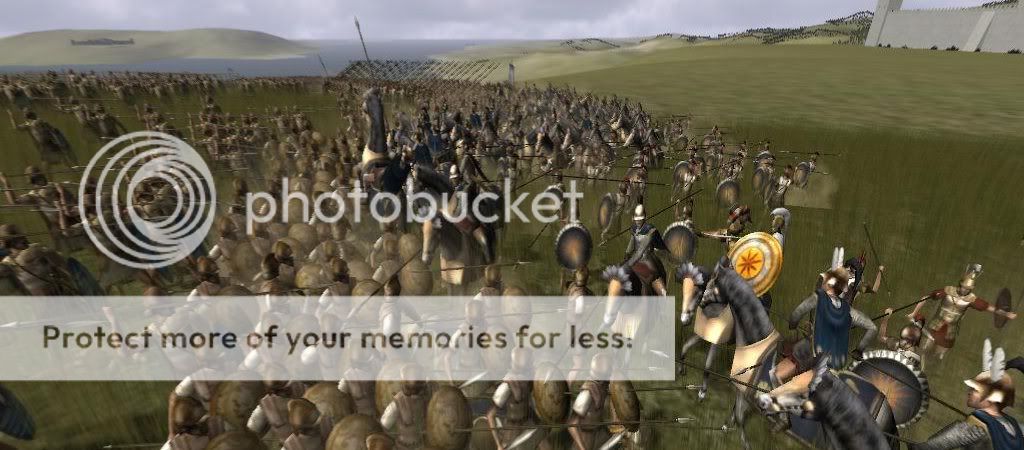






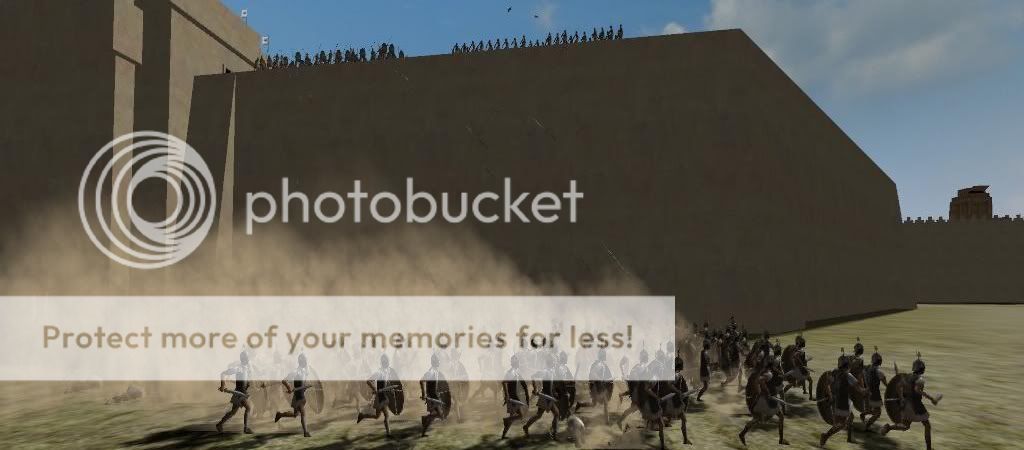































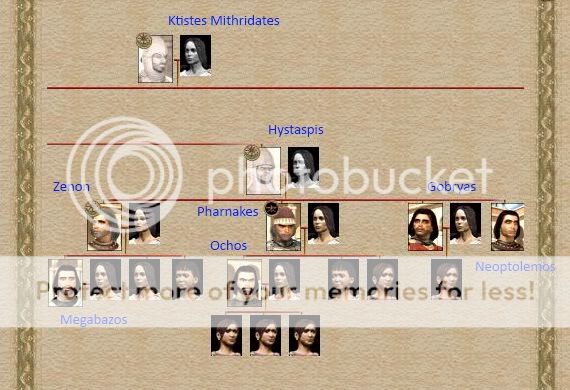
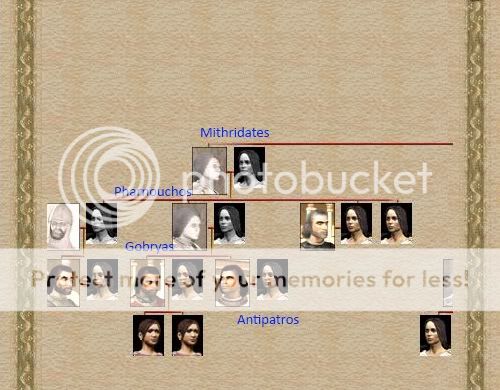























Bookmarks